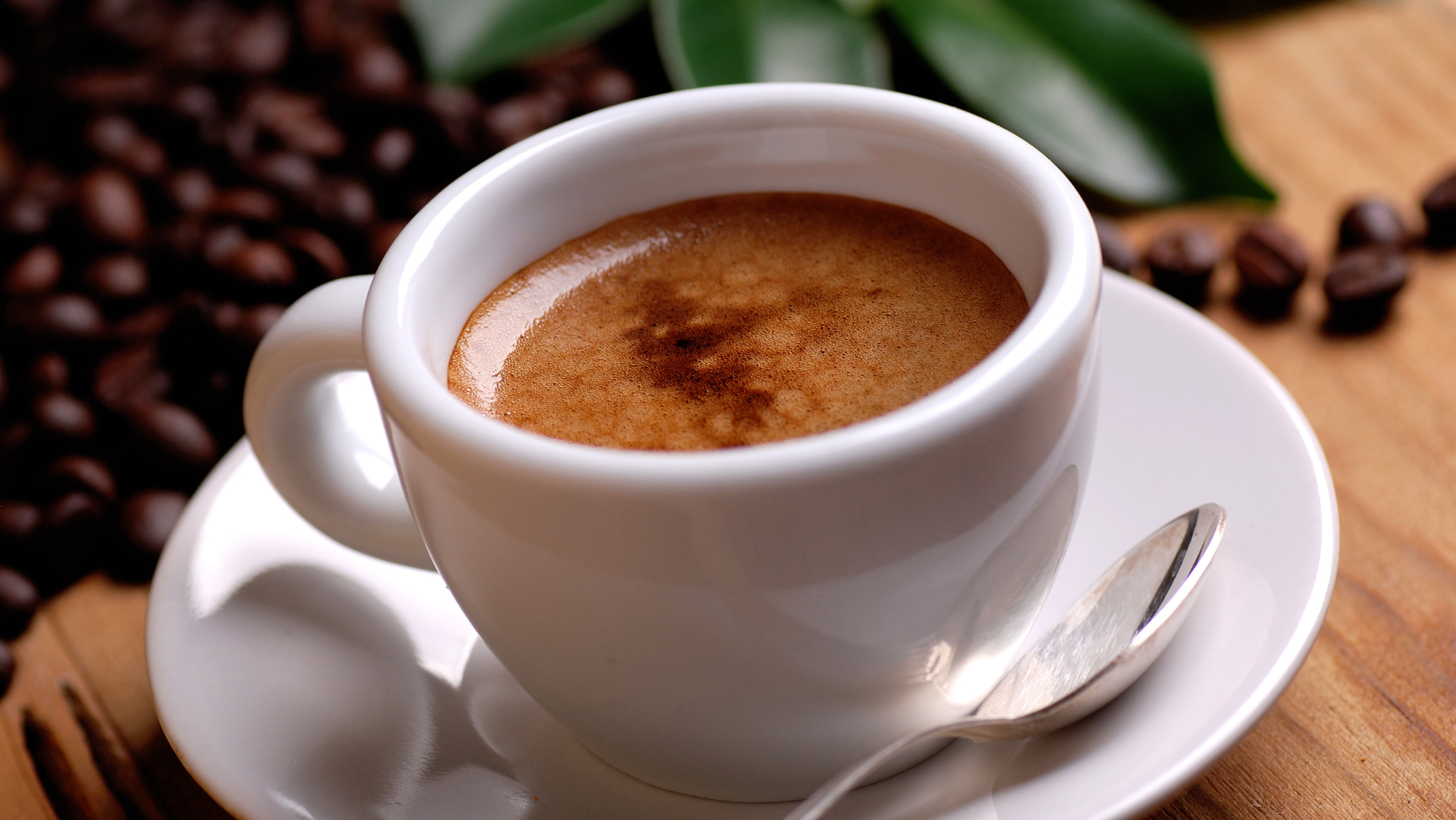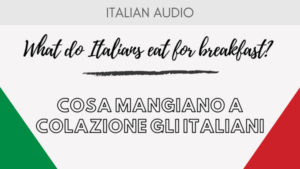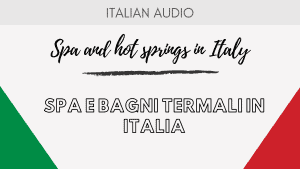The traditional Italian breakfast
It is a well known fact that Italians are quite eternally obsessed with food. To begin to understand the culture it is basically a necessity that you have some comprehension of the Italian love affair with food.
This article will discuss the first meal of the day, Italian breakfast – what does it consist of, how, when and where it is eaten, and what significance does it hold?
There’s a lot to unpack, so let’s dive right in.

What is the breakfast food in Italy?
So what do most people think of when they imagine an Italian breakfast?
The food items may not be so certain, but surely everyone can guess that no traditional Italian breakfast is complete without a coffee.
Some Italians prefer espresso, which is the coffee of choice throughout the day, but breakfast is also an acceptable time to have a cappuccino.
A whopping ⅔ of Italians have said that they need a coffee to start the day, so it makes sense that breakfast in Italy is always accompanied by a caffeine hit.
Do Italians prefer sweet or savory food for breakfast ?
There is no doubt that Italians in general prefer a sweet breakfast to a savory one. In fact, only approximately 7% of Italians say that they eat a savory breakfast.
A savory Italian breakfast would typically include thin slices of meat such as prosciutto, bresaola, mortadella, salami, along with eggs, and cheeses on bread.
However it is fairly rare to find this kind of breakfast in an Italian household.
The most common classic breakfast food in Italy is the “cornetto”, or croissant. A cornetto is often filled with some kind of cream, custard, jam or chocolate spread, and accompanied by a coffee.
Some Italians choose to eat cereal, and these are readily available in supermarkets, but are generally more popular among children. If adults eat cereal for breakfast in Italy it is usually with yogurt as opposed to milk, or milk alternatives, which are also becoming increasingly popular in recent years.
It is very common to see Italians choosing soy milk, oat milk, or other alternatives to cow’s milk these days.
BECOME PART OF OUR IMMERSIVE, ALL-INCLUSIVE ITALIAN UNIVERSE
- Unlimited access to a huge variety of Italian courses and resources.
- Learning resources for Practice & Immersion (Includes the resources for this Podcast : Italian transcript & comprehension activities)
- From zero to Italian program included!
- Exclusive Social Network for learners of italian
Does the traditional Italian breakfast take place at the bar or at home?
One peculiarity of Italy is the amount of Italians who prefer to have breakfast at a “bar” rather than at home.
These bars are not to be confused with British or American bars which primarily serve alcohol, but are more similar to what would be considered a small cafe.
The choice of whether an Italian has breakfast at home or at a bar depends on a few things, including time, family habits, and budget, but in general, it is possible to have a traditional Italian breakfast at a bar for very little money.
How much does the traditional Italian breakfast cost?
Of course, as with anything, the cost will differ from area to area, whether in a touristic location, for example, but it is possible to find a full breakfast (a coffee and croissant) for as little as €1.50 in most of the country.
The further North you go, the more the prices go up, but even so, it should not rise above €2.50, and so it is easy to understand how many people in full time employment are capable of affording such an Italian breakfast each day.

How long is the traditional breakfast in Italy?
Whether eaten at home or at a bar, breakfast in Italy is usually a very quick affair.
There is an Italian habit of speed at breakfast, one because they are short of time, needing to finish before the start of work or school, but also because, if at a bar, the entire meal is consumed while standing up!
To order a traditional Italian breakfast at a bar in Italy, you go to the cashier, ask for your espresso and croissant, or cappuccino and croissant, pay, take the receipt to the counter, give it to the bartender, repeat the order, eat/drink and leave. It’s all quite efficient.
There is one slightly controversial topic that comes up when discussing breakfast in Italy, and this is the idea of whether to dunk.
At home, it is fairly common for people to dunk their croissant in their coffee as they eat it, but in public, in a bar, it is considered maybe a little rude or taboo.
It seems to be becoming more acceptable though, and is visible more frequently, so maybe it is less controversial than it might have been 10 years ago or more.
Where to drink Italian cappuccino?
Although it is more common to drink espresso/macchiato in Italian homes, it is also possible to make a cappuccino. Italians usually either use a moka pot or, recently more popular, a coffee machine with pods to serve up their regular doses of caffeine.
If dining at home, a common Italian breakfast food is a kind of rusk.
Like a very very crunchy slice of toast, in texture more similar to a hard cookie, it may be worth searching online for “fette biscottate” as they are a very particular Italian breakfast food.
Like the croissants they are usually accompanied by jam or chocolate spread, and are popular among adults and children alike.
So that’s it, hopefully you now know a little more about Italian breakfast traditions than you did before you read this article, and would be confident to know how and what to order if you ever go to a bar for breakfast.
Just remember, it’s sweet, fast, and always, ALWAYS with coffee!



